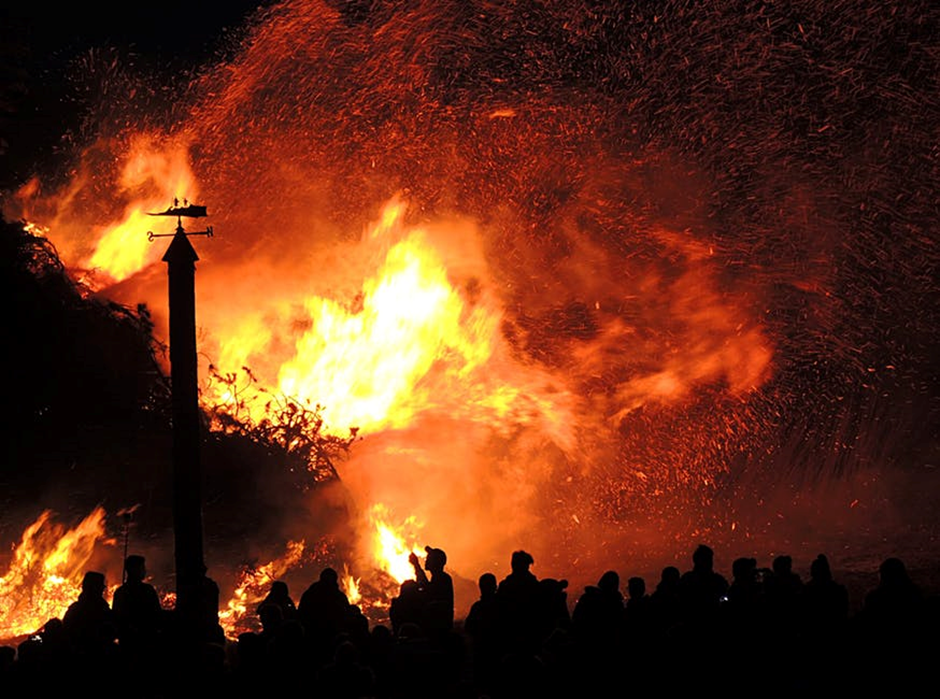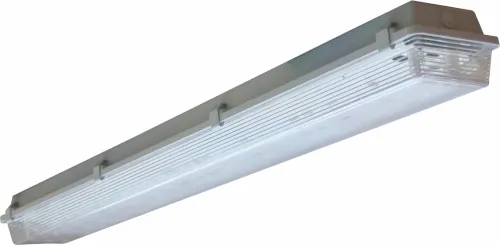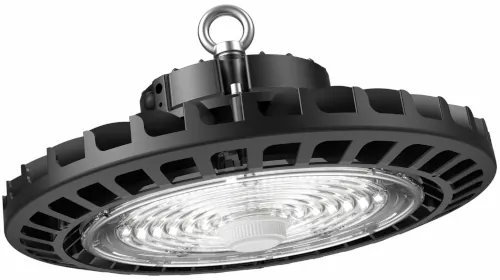
Hazardous locations are defined as any area where there are high concentrations of combustible particles in the air that may cause an explosion or fire. These flammable materials include, but are not limited to, liquids, dust, gasses and some fibres. Whenever these hazards are present, employees must use specially designed equipment to avoid the chance of igniting any of these materials.
Two kinds of fixtures are certified for use in hazardous areas, intrinsically safe fixtures and explosion-proof lights. Intrinsically safe fixtures are extremely low powered and cannot produce enough heat or spark to ignite the flammable particulates. Explosion-proof lighting works by ensuring ignition of the flammable airborne specks in the fixture keeping the remains contained inside.
In a typical lighting fixture, the contacts, bulb, wiring and switches are exposed to the atmosphere. The spark from a movement of the switch, and even the heat of the bulb can be enough to create a flammable atmosphere. In a flammable proof lighting fixture, any explosion that may happen is contained inside of the fixture itself.
Most people presume that these installations work by having a seal around the bulb as well as any switches so as to not allow flammable specks to become exposed to a spark or heat. This isn’t correct. More correctly, the fixture lets a small amount of air to flow within the fixture, and should be combustible pieces ignite, the fixture is designed in such a way that it will contain the flame inside the fixture housing.
The kind of lights required in a hazardous area is fixed on by the kind of flammable materials that will be in the air where the fixtures are going to be used.
Nordland Lighting manufactures a large range of explosion proof lighting. Visit our website for more information today or contact us for a quotation!






